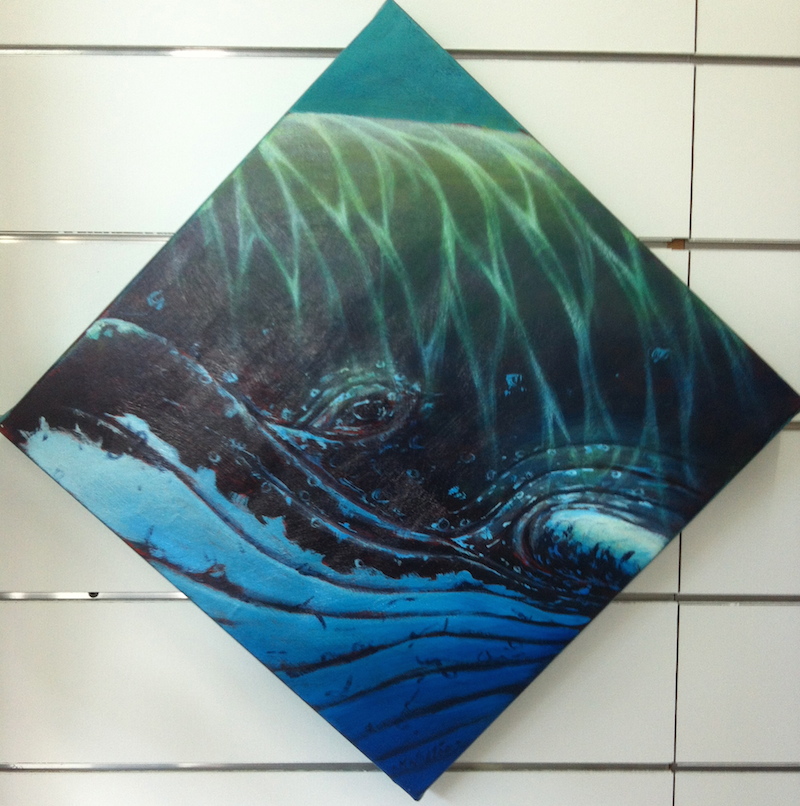- Home
- Create Unique Paintings
Create unique paintings. Get your original "voice" out there!
7 tips to create unique paintings and tell a compelling story in your own voice.
Think of making a painting like telling a story. It’s a discovery about the world that you want to share. How do you tell that story as powerfully as possible and create unique paintings? Answer: you have more tools than you know.
1. Composition
Composition is a powerful creative tool.
You can crop images dramatically so that the focus is changed. You can make things appear small in a big environment for example.
Consider also, breaking some of the "rules" of composition. This can create some “unease” and a slightly discordant feel which may aid your storytelling.
2. Brush Technique
A short, choppy, broken brushstroke creates a different mood than a long, drawn out, smoother stroke. The short brushstroke can convey tension in the image, and make something appear a little more dramatic when used in the right way.
We can create the illusion of wind, or rain by altering the way we use our brushes.
3. Color!
Pushing the blues and more muted and dull tones can make an image appear more sombre, and tell an entirely different story than a painting of the same subject that is warmer and brighter.
We can paint a gorgeous golden orange sunset over a turquoise background, allowing flecks of the ground to show through. Creates contrast, the lovely warms are accentuated and the shaded areas are more intriguing with those little flecks of luminous blue/green.
Using a coloured ground in this way is a beautiful way to create unique paintings.
4. Juxtaposition
While it’s an often joked about word in our office, it really is a powerful way of creating a compelling piece. Juxtaposition basically means the relationship of objects to one another and their environment.
A really powerful example of using this technique to create unique paintings is the work of Joel Rea.
Placing a strange object in an alien environment (for example a cow in the middle of Times Square), invites questions and intrigue. And interest.
5. Painting techniques
There are myriad painting techniques, all creating different marks and effects.
Spattering can suggest the explosion of a big wave. A dramatic seascape can be created in this way.
Scratching and rubbing, (kicking, biting and swearing too, hehehe) can all create lovely “industrial” broken finishes which can make backgrounds to juxtapose a softer foreground image. A ballet dancer in front of an abandoned and dilapidated steel warehouse for example.
6. Your painting surface.
Changing your painting surface can give your painting an entirely different feel. For example painting onto hessian, or a surface that’s been built up with impasto techniques will create a broken feel to your image, which can change the whole mood of your painting.
7. Collage
This is what you do after high school if you want to further your education. Wait. Noooooo. This technique can actually help you create unique paintings. Glueing specific text or images to your painting (at any stage of the process) can be a powerful storytelling tool.
Ultimately, play with everything we’ve mentioned above to help you find your unique voice with your image. One of these ideas will sing to you, maybe for a little while, maybe for a long time. Then go try something else!
Top of Create Unique Paintings
Back to Acrylic Painting Techniques
Back to Explore Acrylic Painting Home Page


























New! Comments
Have your say about what you just read! Leave me a comment in the box below.